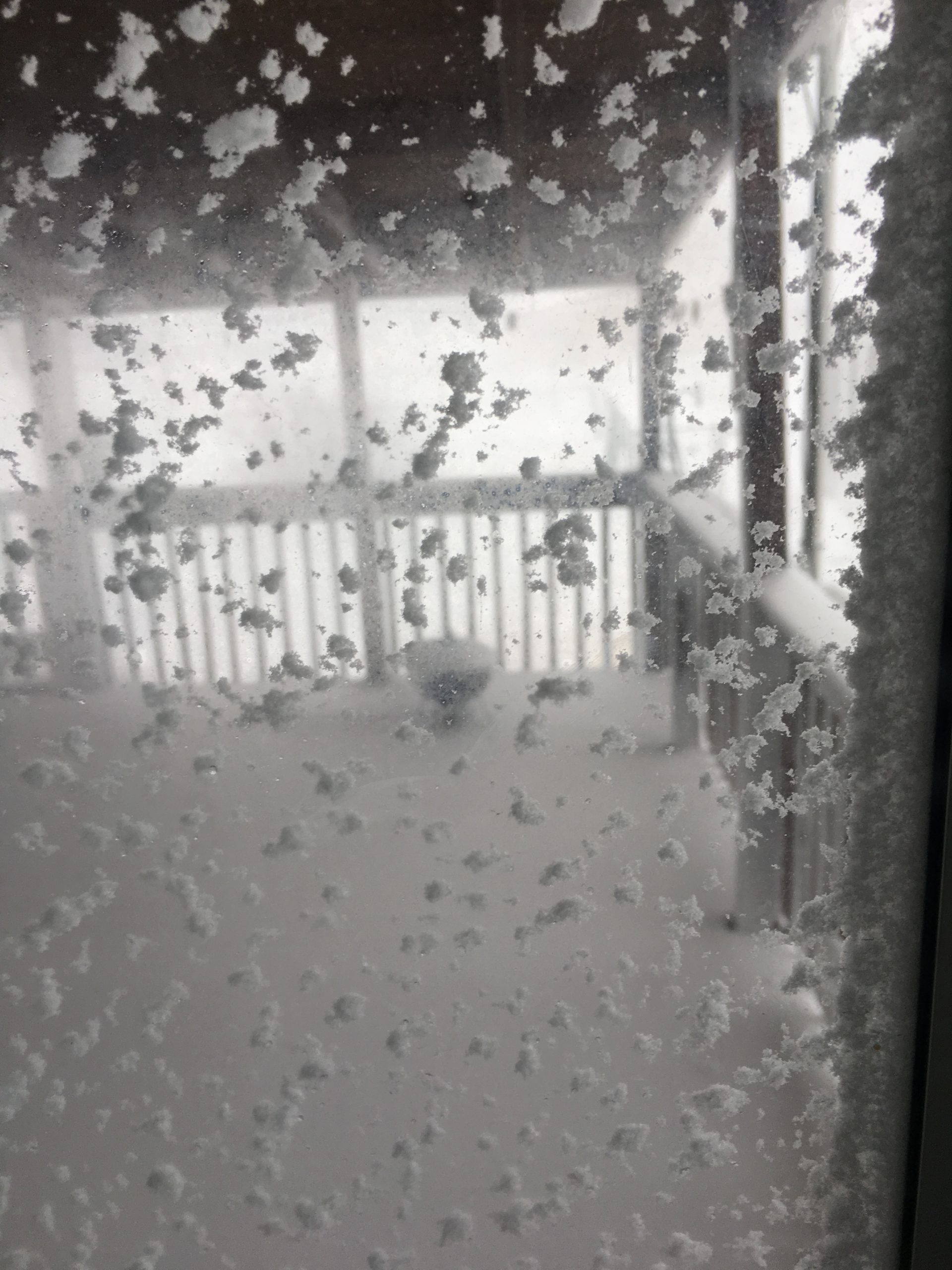Winter storm safety tips from the Red Cross

Winter weather is dominating the Midwest and High Plains.
The American Red Cross has a few tips to stay safe as storms continue to roll in. The information is provided by the Kansas and Oklahoma Region, Southeast and South Central Kansas Chapter, Wichita, Kansas.
Stay safe and warm at home
- Use care with space heaters and fireplaces to prevent fires. Keep anything that could catch fire at least 3 feet (1 meter) from the heat.
- Avoid using candles because of the fire risk. Use battery-powered lights and flashlights instead.
- Prevent carbon monoxide poisoning. Carbon monoxide poisoning is common during power outages when people use other means to heat and cook. You can prevent carbon monoxide poisoning. Only use generators, grills, and camp stoves outdoors and away from windows.Carbon monoxide kills. If you start to feel sick, dizzy, or weak, get to fresh air right away—do not delay.
To prevent carbon monoxide poisoning and home fires, never heat your home with a cooking oven or stove.
Act fast if you see signs of frostbite or hypothermia
Frostbite is when a part of your body freezes. Your nose, ears, cheeks, chin, fingers, and toes often are the first affected. People may experience pain, numbness, and a change of skin color.
What to do for frostbite: Move to a warm place. Warm the affected area gently by soaking in warm water (NOT hot) until the skin appears normal and feels warm. Seek emergency medical care.
Hypothermia can kill you. It occurs when your body loses heat faster than it can produce heat. This causes a dangerously low body temperature. Older adults, babies, children, and people with certain health conditions are more at risk.
Shivering is one of the first signs of hypothermia; other signs include confusion, drowsiness, and slurred speech.
What to do for hypothermia: Seek emergency medical care right away. Move to a warm place. Remove any wet clothing and warm the body slowly.
Driving in winter conditions
- Check your vehicle emergency supplies kit and replenish it if necessary.
- Bring enough of the following for each person: Blankets or sleeping bag; rain gear, extra sets of dry clothing, mittens, socks, and wool hats; newspapers for insulation; plastic bags for sanitation; canned fruit, nuts, and high energy snacks; and warm broth in a thermos and several bottles of water.
- Bring your cell phone and make sure the battery is charged.
- Plan to travel during daylight and, if possible, take another person with you.
- Let someone know your destination, your route, and when you expect to arrive.
- Before leaving, check the weather reports for all areas you will be passing through.
- Watch out for sleet, freezing rain, freezing drizzle, and dense fog.
If stranded
- Stay in the vehicle and wait for help. Do not leave the vehicle to search for assistance unless help is visible within 100 yards (91 meters).
- Display a trouble sign to indicate you need help. Hang a brightly colored cloth (preferably red) on the radio antenna and raise the hood after snow stops falling.
- Turn on the engine for about 10 minutes each hour. Use the heater while the engine is running. Keep the exhaust pipe clear of snow, and slightly open a downwind window for ventilation.
- Leave the overhead light on when the engine is running so that you can be seen.
- Do light exercises to keep up circulation. Clap your hands and move your arms and legs occasionally.
- If more than one person is in the vehicle, take turns sleeping.
- Huddle together for warmth. Wrap yourself in newspapers, maps, and even the removable floor mats to help trap more body heat.
- Watch for signs of frostbite and hypothermia.
- Drink fluids to avoid dehydration, which can make you more susceptible to the ill effects of cold and to heart attacks.
- Avoid overexertion. Shoveling snow or pushing a vehicle can bring on a heart attack or make other medical conditions worse.



